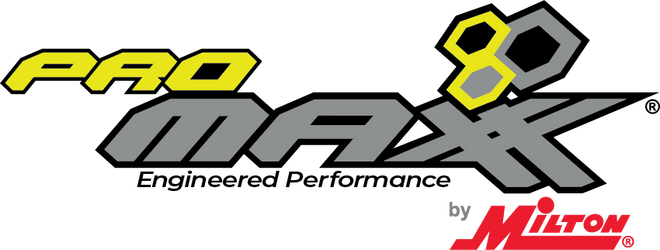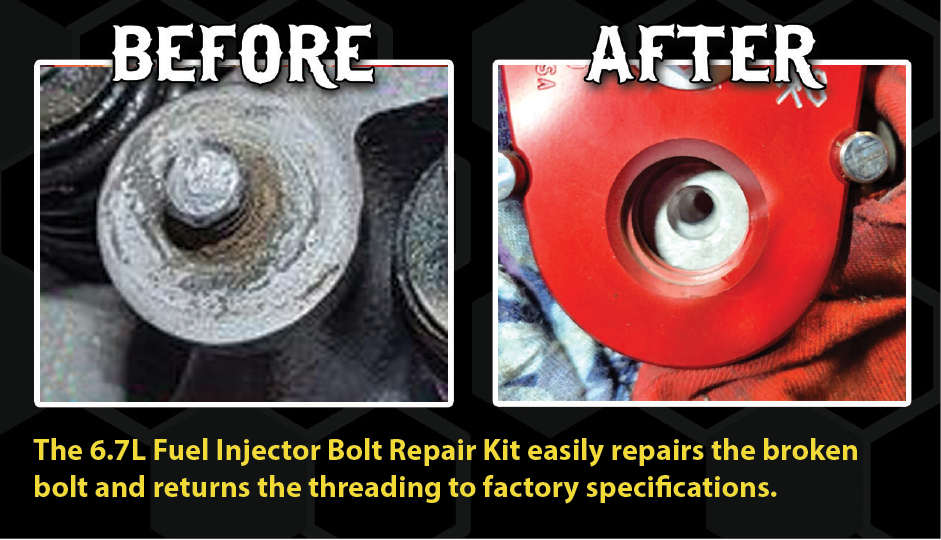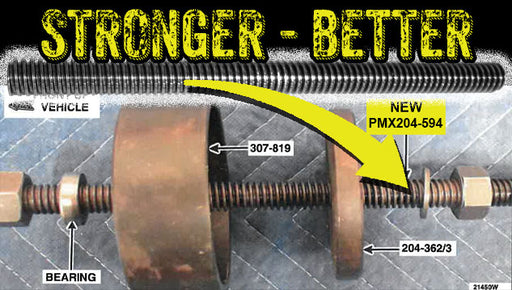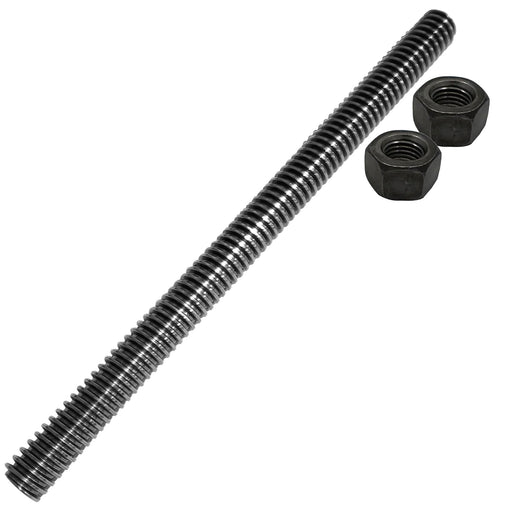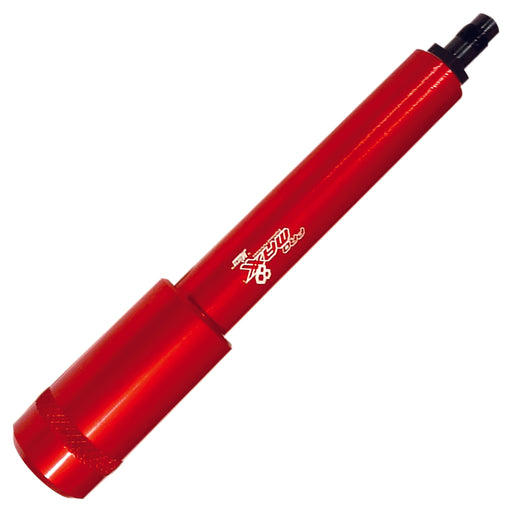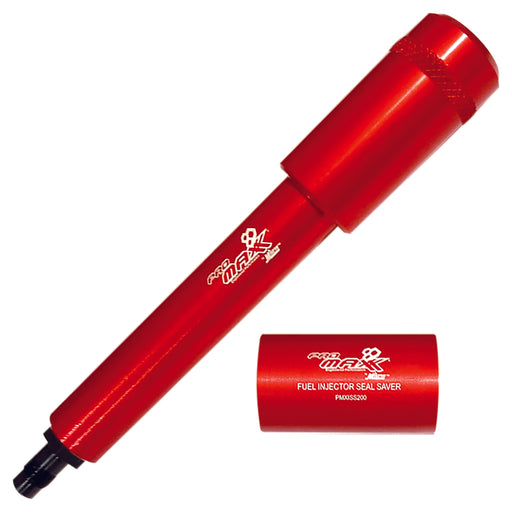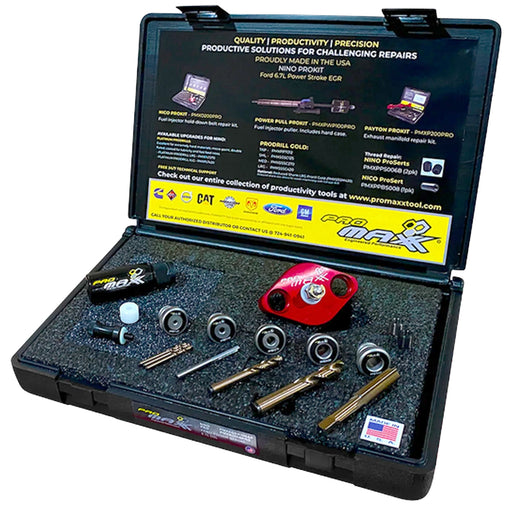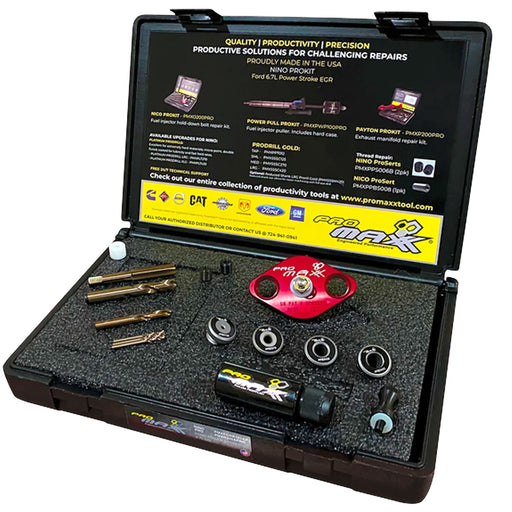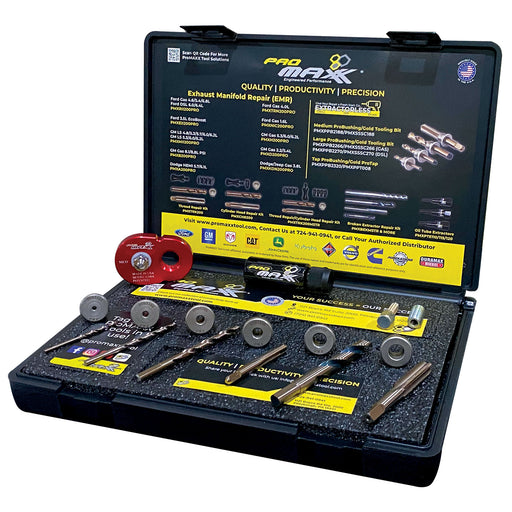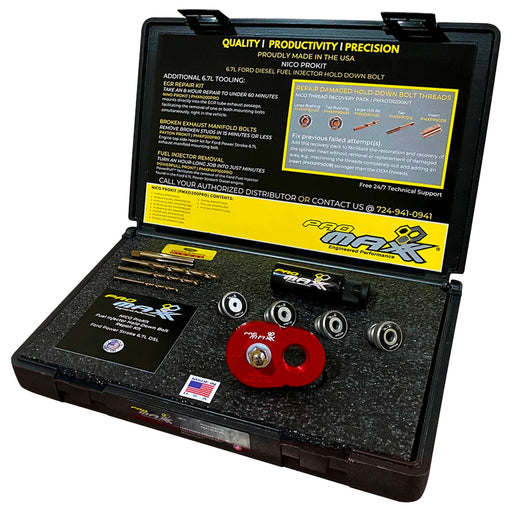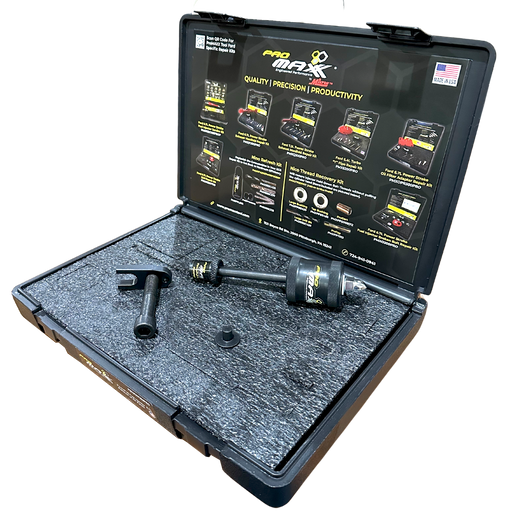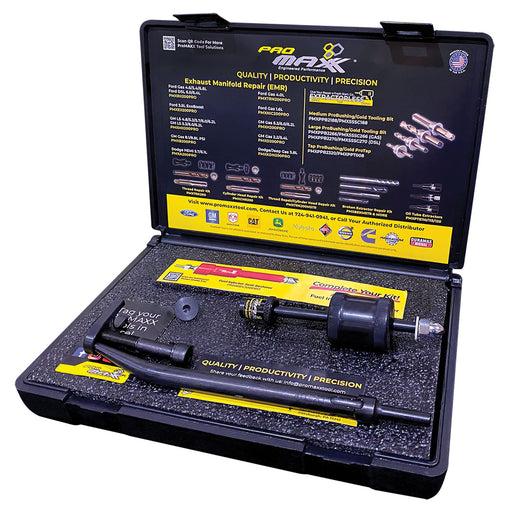Different Types Of Taps & When To Use Them: Taper, Plug, Bottoming Tap, Spiral And Straight Flute Taps

A taper tap is rarely the final tap used before completing a project however, as the taper leaves incomplete threads cut at the bottom of a blind hole.
A plug tap has a less pronounced taper to the cutting edges. This gives the plug tap a gradual cutting action that is less aggressive than that of the bottoming tap but more aggressive than a taper tap. Typically, the plug tap will have 3 to 5 tapered threads before the full cutting diameter is engaged.
Plug taps are great when used with through-holes, as they are almost as easy as taper taps to start, but also offer a more complete set of threads.
The third style is a bottoming tap. Bottoming taps have 1 to 2 tapered cutting edges before the full cutting force is engaged. Though this tap is extremely hard to start threads with, it is capable of cutting threads all of the way to the bottom of a blind hole. Bottoming taps are best used after a taper or plug tap has been used to cut the initial thread.
At ProMAXX Tool, our thread repair and ProKit Plus tools all come with machine-grade bottoming taps. We are able to provide this right off the start of tapping because the ProMAXX ProKits allow for the guide bushing to keep perfect alignment of the tap during the entire repair.
SEE HOW A TECH REMOVES A BROKEN TAP FROM A BUSTED EXHAUST MANIFOLD BOLT
CHECK OUT THESE TAP PRODUCTS FROM PROMAXX TOOL
NEW AT PROMAX
-
Forcing Screw Alternative to Ford 2020-2022 Explorer Recall Special Service Tool part# 204-594 "Thunderbolt"
Part#: PMX204-594Original price $0.00 - Original price $0.00Original price $0.00$149.95$149.95 - $149.95Current price $149.95Original price $0.00 - Original price $0.00Original price $0.00$149.95$149.95 - $149.95Current price $149.95 -
SAVE: 25%
Ford Power Stroke 6.7L Fuel Injector Copper Compression Seal Puller and Seal Saver ProKit
Part#: PMXISPS200BSEOriginal price $199.95Original price $29.95 - Original price $199.95Original price $199.95$29.95 - $149.95$29.95 - $149.95Current price $29.95Fuel Injector Seal Puller/Saver ProKit Part #: PMXISPS200PRO Introducing the cutting-edge Ford Power Stroke 6.7L Fuel Injector Copper Compression S...
VIEW MOREOriginal price $199.95Original price $29.95 - Original price $199.95Original price $199.95$29.95 - $149.95$29.95 - $149.95Current price $29.95SAVE: 25% -
Ford 6.7L Power Stroke Diesel EGR Tube Broken Bolt Repair Kit - Nino
Part#: PMXN200PROOriginal price $499.95 - Original price $749.95Original price$499.95 - $749.95$499.95 - $749.95Current price $499.95Nino EGR Tube ProKit Part #: PMXN200PRO 6.7L Ford Power Stroke Diesel Exhaust Gas Recirculation EGR Repair Kit - Nino The ProMAXX® EGR (Nino™) repa...
VIEW MOREOriginal price $499.95 - Original price $749.95Original price$499.95 - $749.95$499.95 - $749.95Current price $499.95 -
Ford 6.7L Diesel Power Stroke Fuel Injector Broken Bolt Repair Kit - Nico
Part#: PMXO200PROOriginal price $549.95 - Original price $699.95Original price $549.95$549.95 - $699.95$549.95 - $699.95Current price $549.95Now, Take $100 Off Nico ProKit PlusAnd…Get an Extra Insert - That’s a $179 Value! Ford 6.7L Power Stroke Diesel Hold-Down Bolt Repair ProKit Plus #...
VIEW MOREOriginal price $549.95 - Original price $699.95Original price $549.95$549.95 - $699.95$549.95 - $699.95Current price $549.95 -
Ford 6.7L Power Stroke Fuel Injector Puller With Air-Hammer Assisted Punch / Slide Hammer Options – PowerPull 200
Part#: PMXPWP200PROPOriginal price $149.95 - Original price $389.95Original price$149.95 - $389.95$149.95 - $389.95Current price $149.95Revolutionize fuel injector removal with the ProMAXX PowerPull Ford 6.7L Power Stroke Fuel Injector Puller Kit. It is the only puller that does not...
VIEW MOREOriginal price $149.95 - Original price $389.95Original price$149.95 - $389.95$149.95 - $389.95Current price $149.95

SHIPPING INFO
For Saturday delivery or special shipping instructions, please contact ProMAXX Tool M-F 8 a.m. – 5 p.m. EST at 724-941-0941. Expedited Orders Placed by 1pm EST will be Processed Same Day | UPS Ground Processing Time is 1-3 Business Days

WARRANTY INFO
Offering a range of policies

NEED HELP
Contact our support team today
724-941-0941

Promaxx Tool Address
1121 Boyce Road
Suite #2000
Pittsburgh, PA 15241
Any motor company logo on this site is a Registered Trademark. ProMAXX Tool is not affiliated with any of the motor companies on this site.
